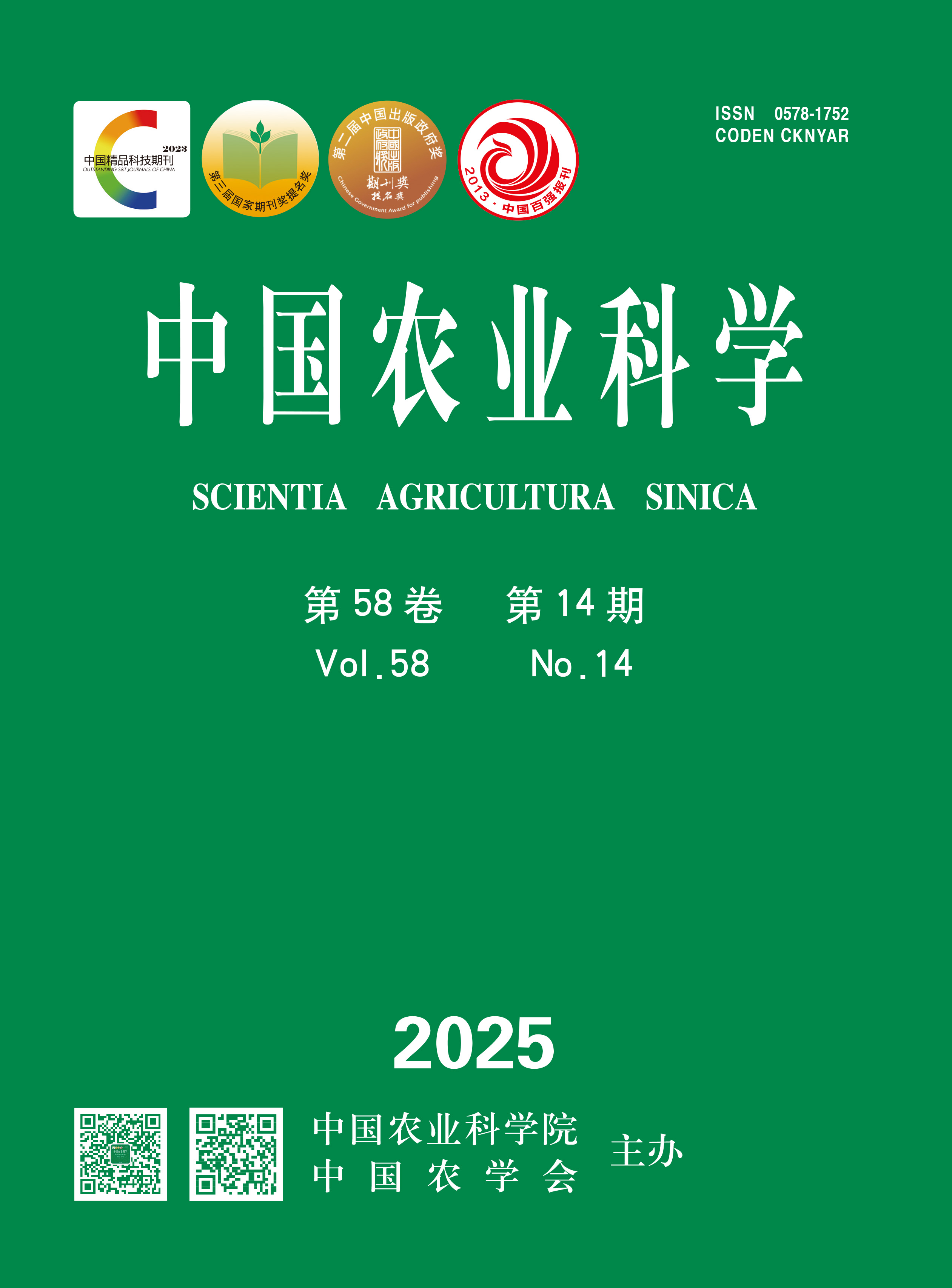【Objective】Reasonable increase of planting density and row spacing configuration is an important way to achieve high yield and high efficiency of maize. In order to provide the technical basis for high yield and high efficiency cultivation of drip irrigation maize in sandy land, the effects of dense planting and row spacing configuration on maize yield and water and fertilizer utilization efficiency in sandy land were studied under drip irrigation condition in Xiliaohe Plain.【Method】Field experiments were carried out in Naiman Banner of Inner Mongolia in 2023 and 2024, and 'Zhengdan 958' was used as the test maize variety. Two planting densities: 60 000 plants/hm2 (D1) and 90 000 plants/hm2 (D2) and seven row spacing treatments: 60 cm+60 cm (L60+60, CK), 40 cm+ 80 cm (L40+80), 30 cm+90 cm (L30+90), 30 cm+80 cm (L30+80), 40 cm+70 cm (L40+70), 30 cm+70 cm (L30+70) and 20 cm+70 cm (L20+70) were set. The effects of planting density and row spacing on maize yield, dry matter production, photosynthetic performance and water and nitrogen use efficiency under drip irrigation in sandy land were systematically analyzed.【Result】Planting density and row spacing significantly affected the grain yield and water and nitrogen use efficiency of drip-irrigated maize in sandy land. In the two-year experiment, L30+70 and L30+80 obtained higher yield under D2 density, which were 15.6 and 15.5 t·hm-2, respectively. The water use efficiency (WUE) reached 2.57 and 2.55 kg·m-3, respectively, and the partial factor productivity of nitrogen fertilizer (PFPN) reached 57.8 and 57.2 kg·kg-1, respectively. Among them, the yield difference between L30+80 and L30+90 in 2023 did not reach a significant level, and the yield was 18.2% and 17.0% higher than that of L60+60, respectively. The dry matter accumulation at silking stage (DMAS), dry matter accumulation at maturity stage (DMAM), dry matter accumulation after anthesis (DMAAS) and harvest index (HI) increased by 49.5%, 75.0%, 97.6%, 18.3% and 45.1%, 73.3%, 96.8%, 19.3% compared with L60+60, respectively. The total photosynthetic potential increased by 33.6% and 30.1% compared with L60+60 during the growth period. The light transmittance (Tr) of the bottom layer and ear layer decreased by 51.7%, 27.5% and 37.9%, 20.9% compared with L60+60, respectively. The photosynthetic rate (Pn) of ear leaf at silking stage (R1) and maturity stage (R6) increased by 61.0%, 60.3% and 61.5%, 59.4%, respectively. WUE and PFPN increased by 19.7%, 17.8% and 21.1%, 16.8% compared with L60+60, respectively. In 2024, there was no significant difference in yield between L30+70 and L30+80, which was 14.3% and 13.8% higher than that of L60+60, respectively; DMAS, DMAM, DMAAS and HI increased by 56.6%, 87.0%, 118.4%, 28.9% and 52.1%, 81.0%, 114.6%, 29.0%, respectively; the total photosynthetic potential increased significantly by 65.9% and 63.0% during the growth period, respectively; the Tr of the bottom layer and the ear layer decreased by 53.8%, 24.9% and 52.1%, 22.8%; the Pn of ear leaf of R1 and R6 increased by 18.7%, 86.6% and 65.6%, 86.2%, respectively. WUE and PFPN increased by 18.7%, 13.6% and 18.9%, 14.1%, respectively. Correlation analysis showed that maize yield was significantly positively correlated with 1000-grain weight, grain number per spike, number of harvested spikes, HI, WUE and PFPN. DMAS and DMAAS were significantly positively correlated with grain number per spike, 1000-grain weight, LAD before anthesis, LAD after anthesis and Pn, and negatively correlated with Tr.【Conclusion】Under the condition of drip irrigation and fertilizer integration in the sandy land of Xiliaohe Plain, the interaction between planting density and row spacing mainly affected the grain yield and water and nitrogen use efficiency of maize by affecting the light transmittance of maize population, leaf photosynthetic capacity, dry matter accumulation and LAD. Therefore, the high yield and water and nitrogen production efficiency could be obtained by reasonably increasing the density of high-yield varieties to 90 000 plants/hm2 and wide-narrow row spacing of 30 cm+70/80 cm.









